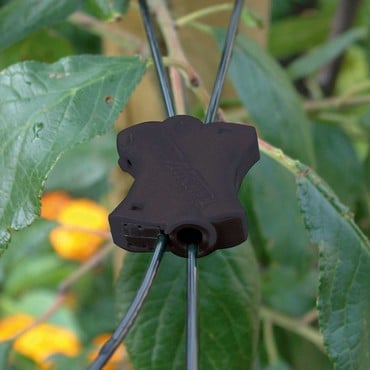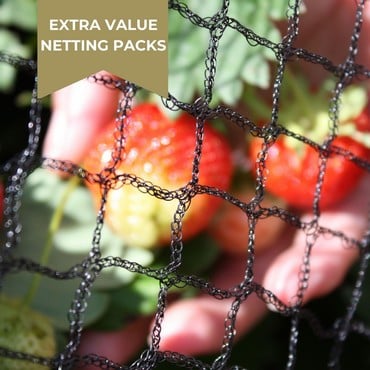Raspberry Cane Pruning
In April of this year,we took over a rather unkempt allotment plot.
We were pleased to see that in the wilderness were a lot of very overgrown raspberry canes,all very close together. As the season progressed,the bindweed made its appearance,but because of the closeness of the canes we were unable to do much about it.
So we weeded around the outside and have had a really wonderful crop of raspberries from June right through until the beginning of October.The fruiting seems to have come from the majority of the live canes,with no obvious new canes this year. There were lots of old dead sticks which we have now carefully removed.
We have done our best to carefully weed out as much bindweed as possible.
The general advice seems to be to cut out this years fruited canes and support this years new growth,but if we cut out those fruited canes,there will be nothing left.
I would be very grateful of advice about what to do.
Many thanks,
Julie.
It seems very odd that you do not have any new canes, usually these are easily identified because the canes that have fruited this year should be starting to die off. I’m just wondering if you have got autumn fruiting raspberries opposed to a summer fruiting variety, the fact that you had raspberries until October suggests that this may be the case.
Autumn fruiting raspberries are pruned differently to summer varieties. The canes should be cut down to ground level in February, they will then start to grow back over the Spring for a late summer harvest.
If you decide that you do have summer raspberries then the following applies:
Cut back fruited canes to ground level after harvesting (do not leave old stubs)
Select the strongest young canes, around six to eight per plant, and tie them in 8 –10cm (3–4in) apart along the wire supports.
Remove the remaining young stems to ground level to avoid overcrowding.
I hope this helps!
Kind Regards
Lynn Burton
Horticultural Adviser

























